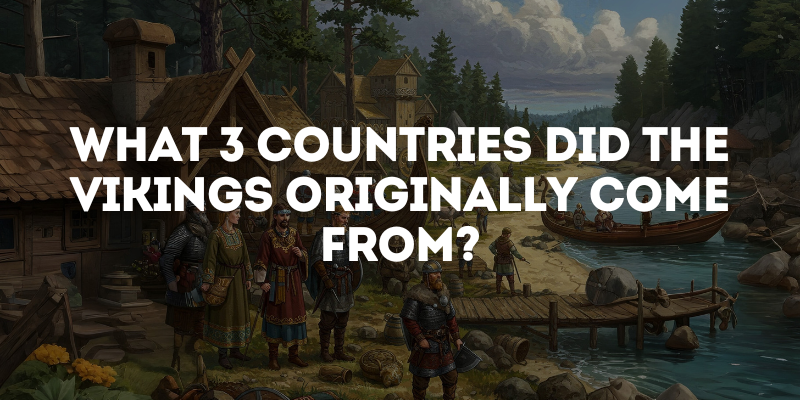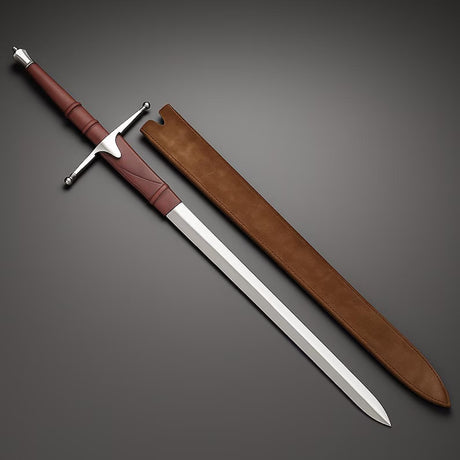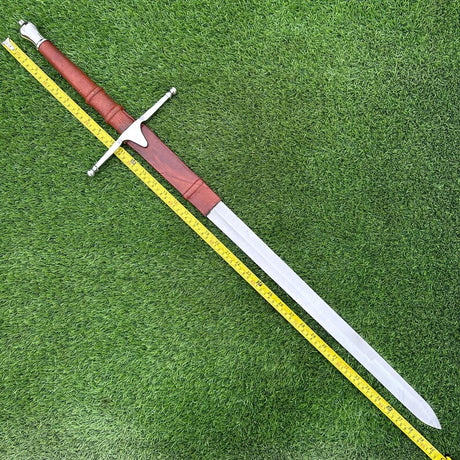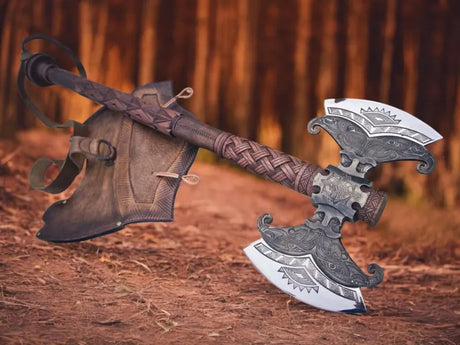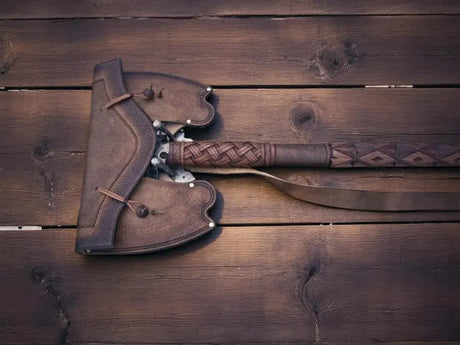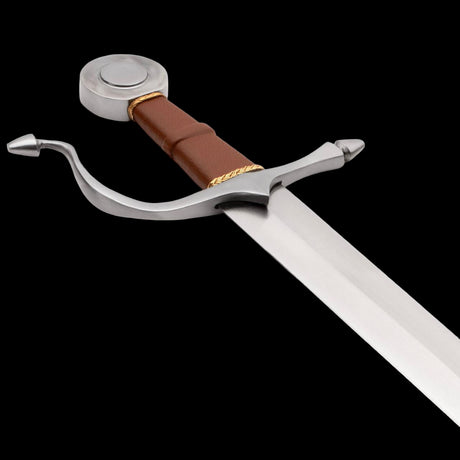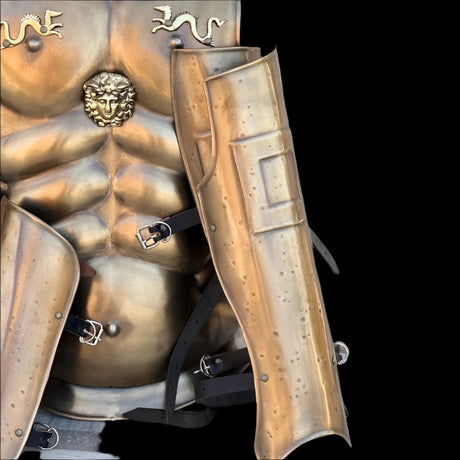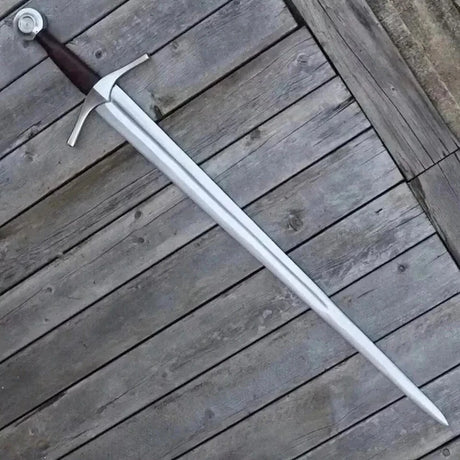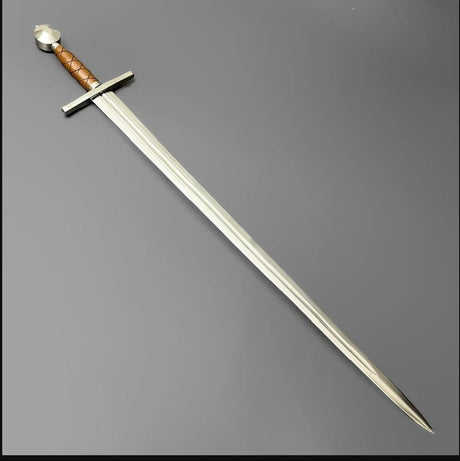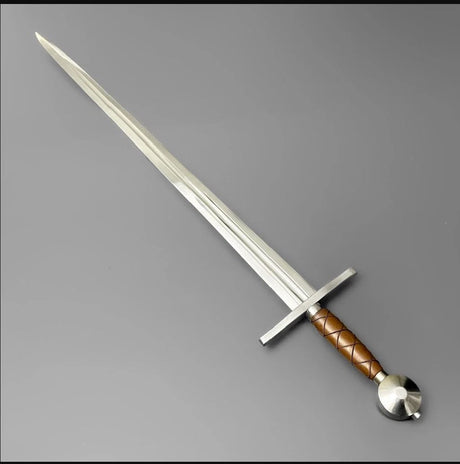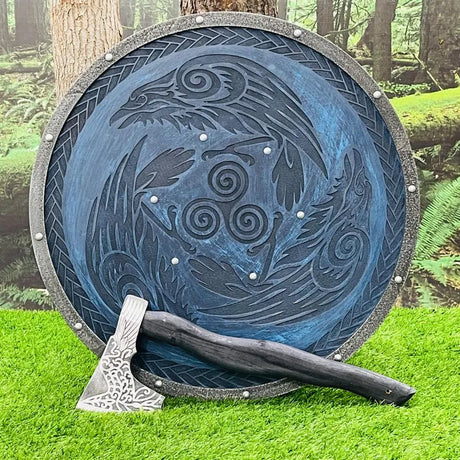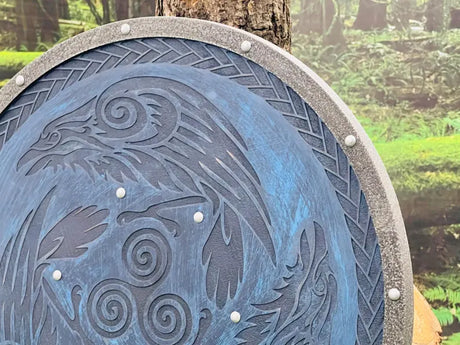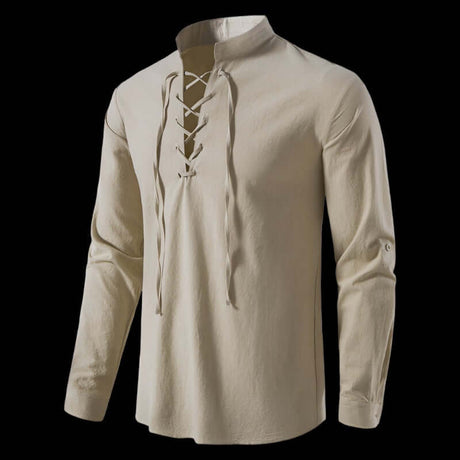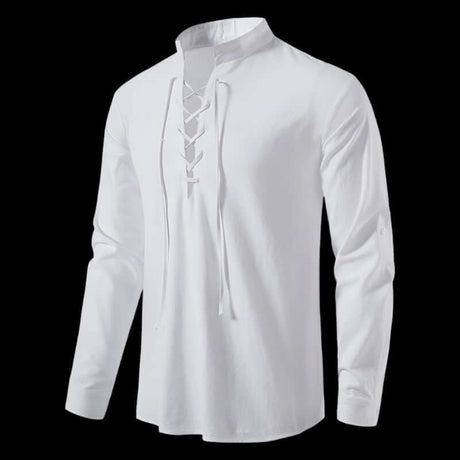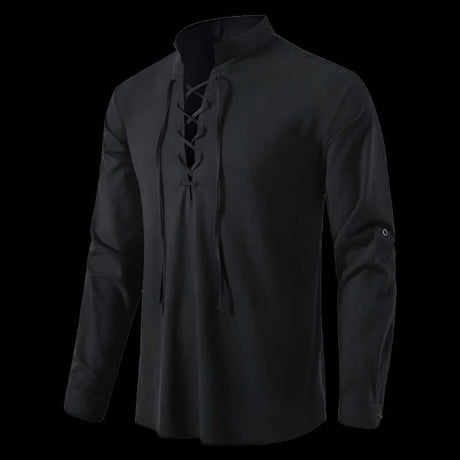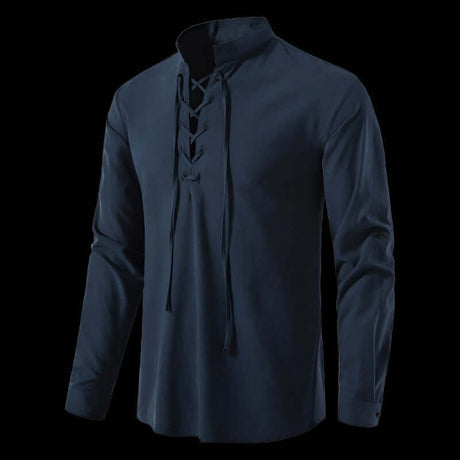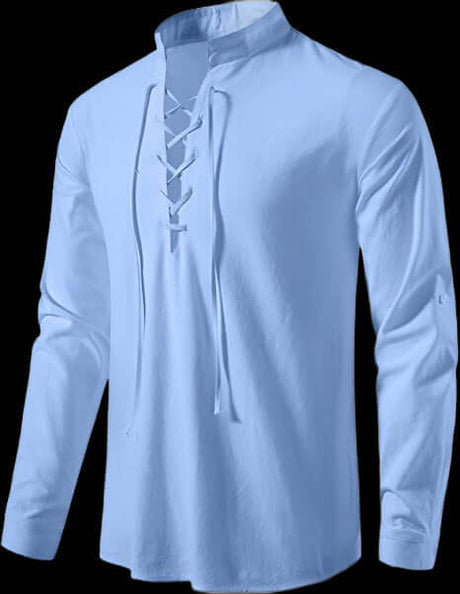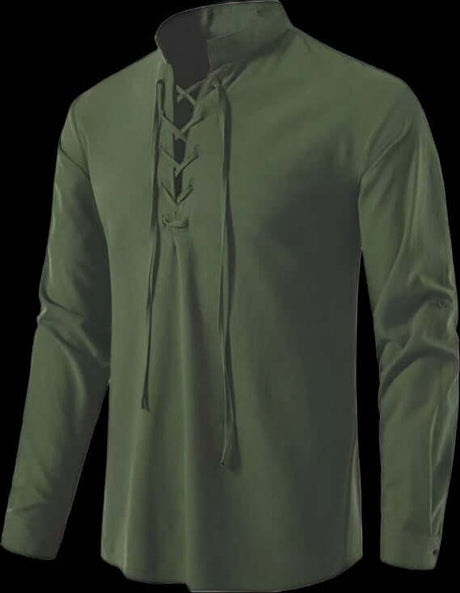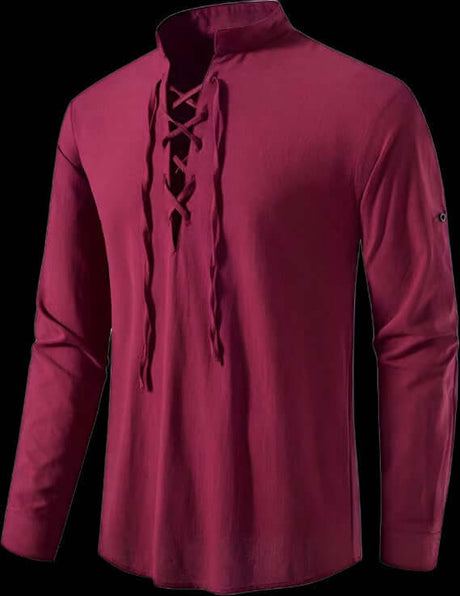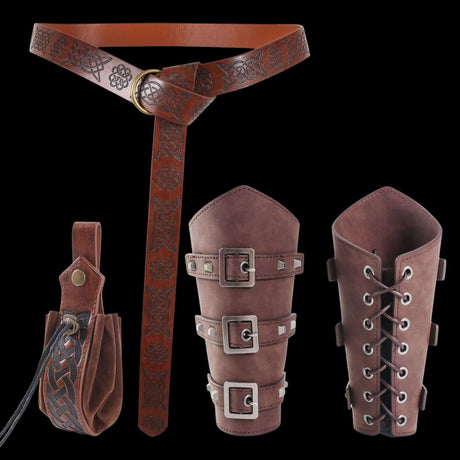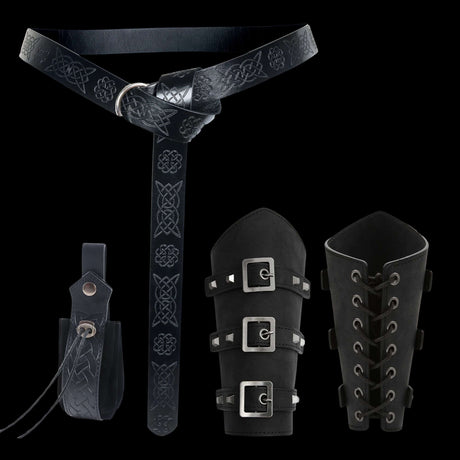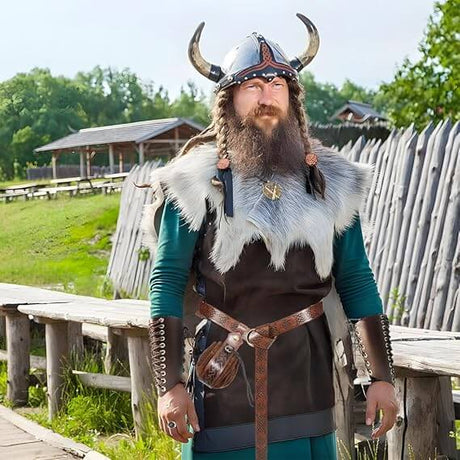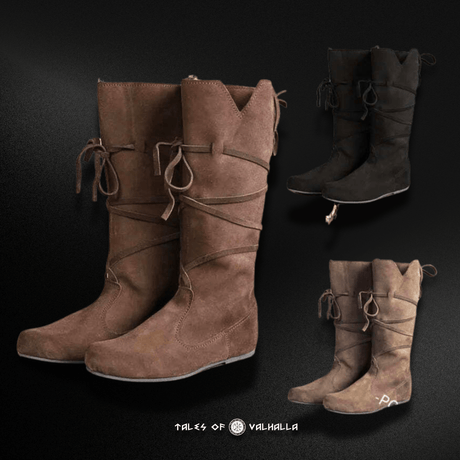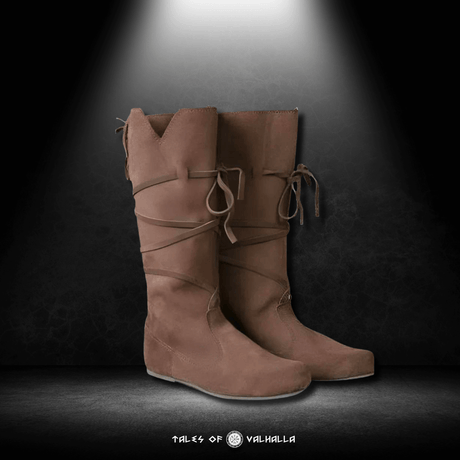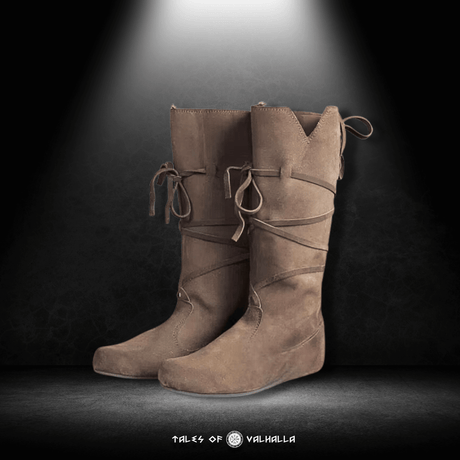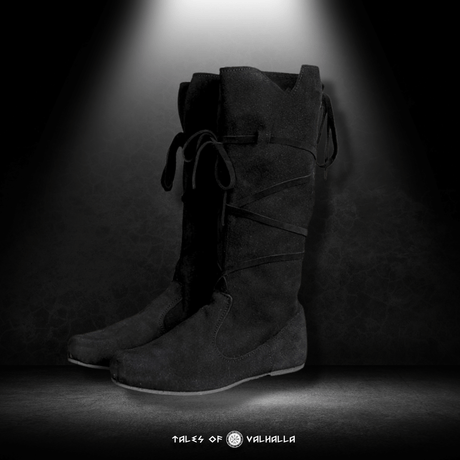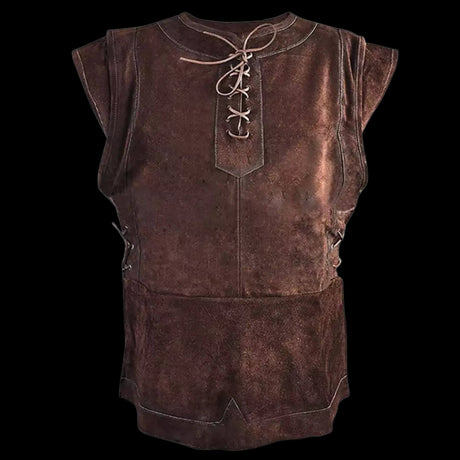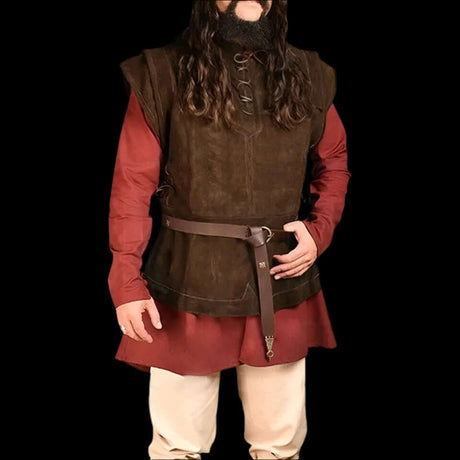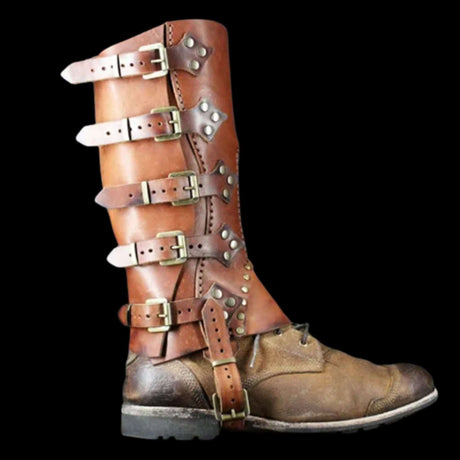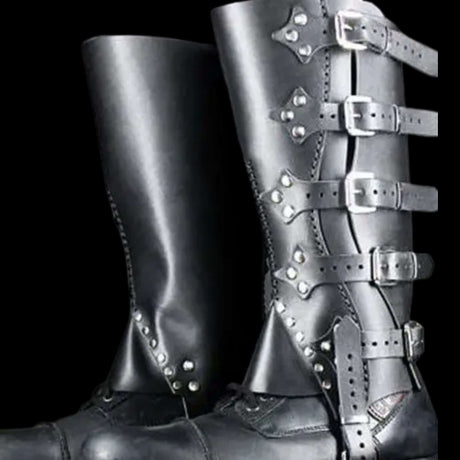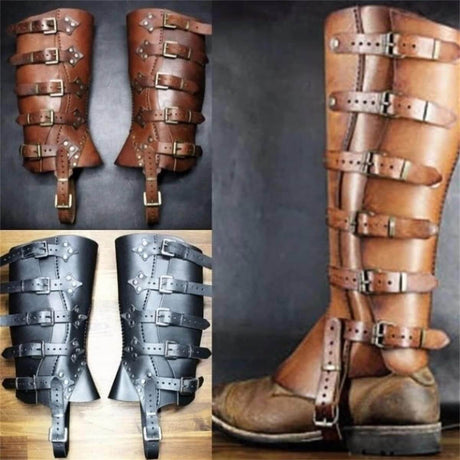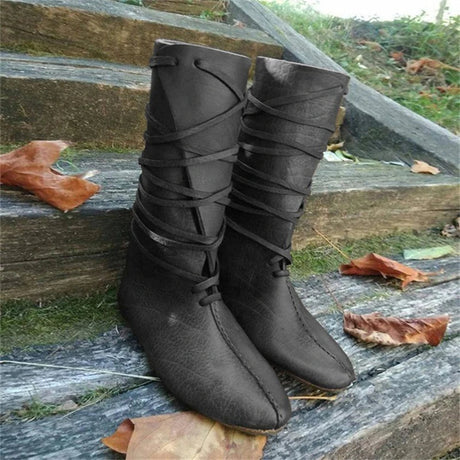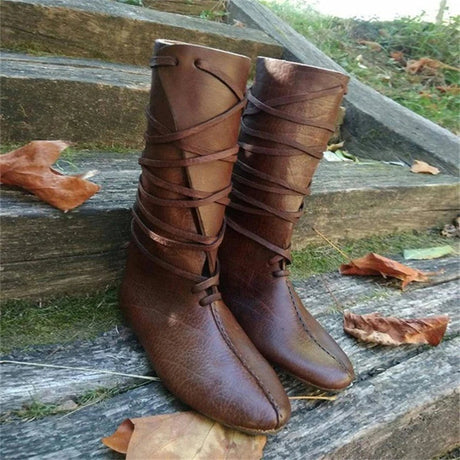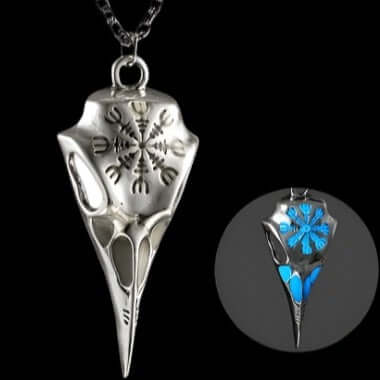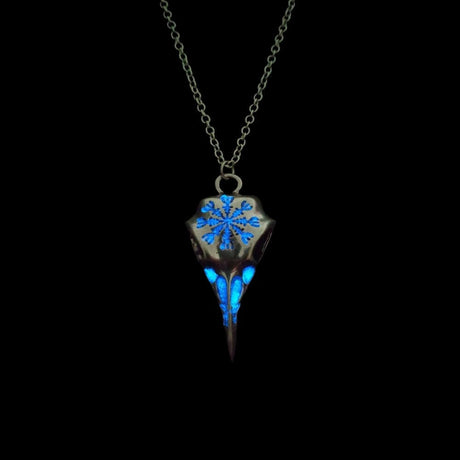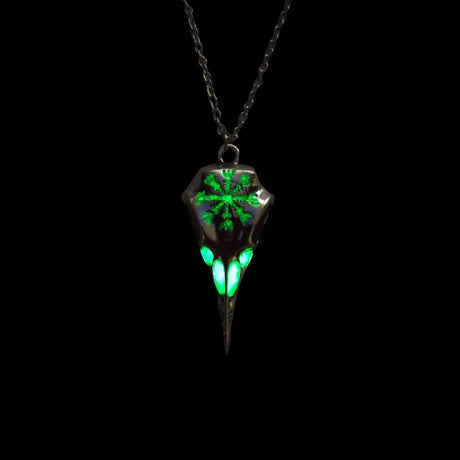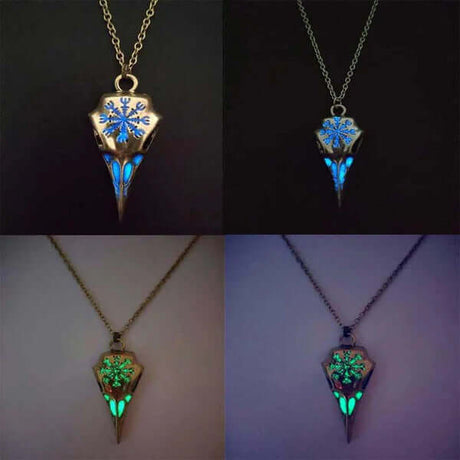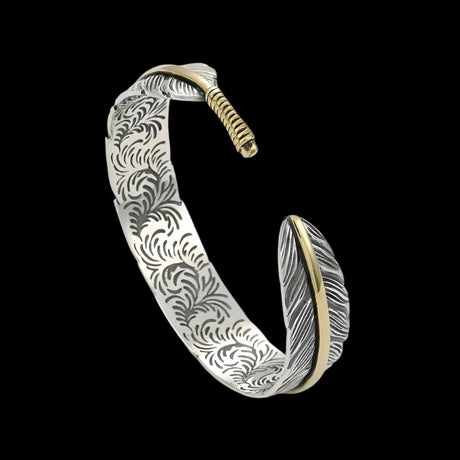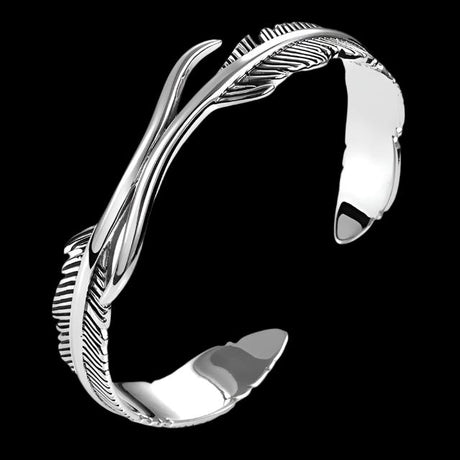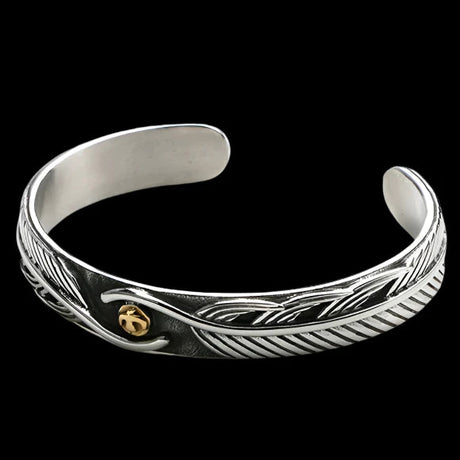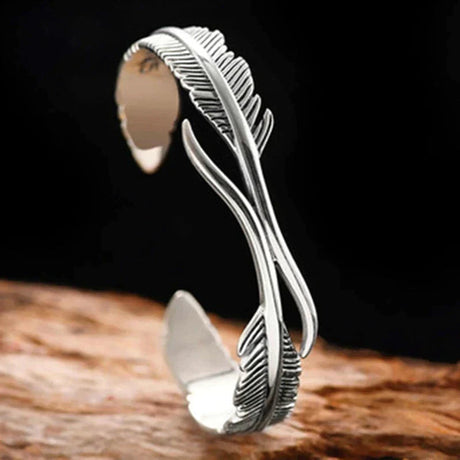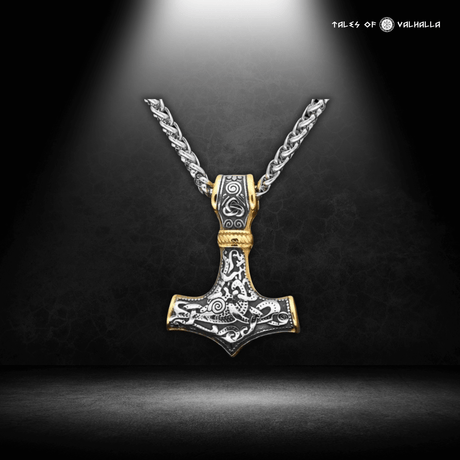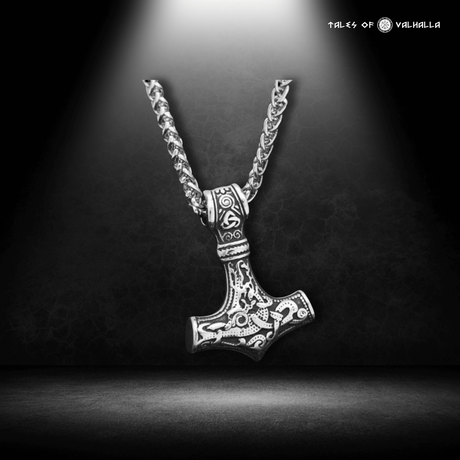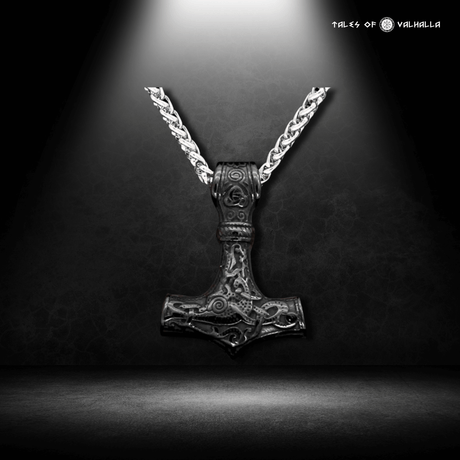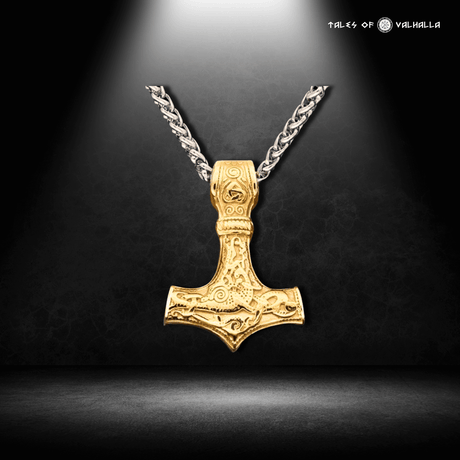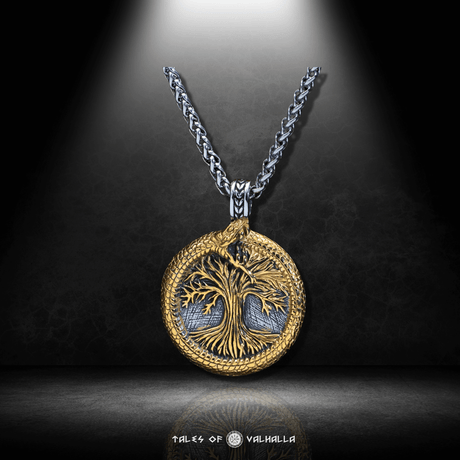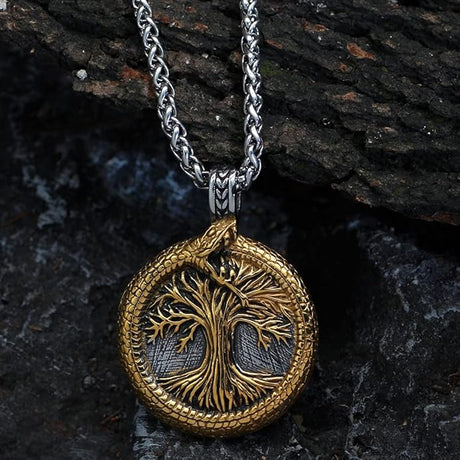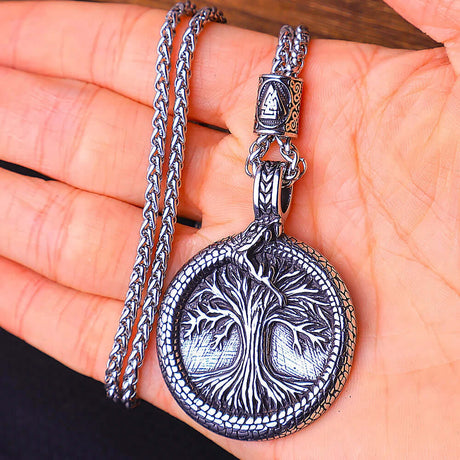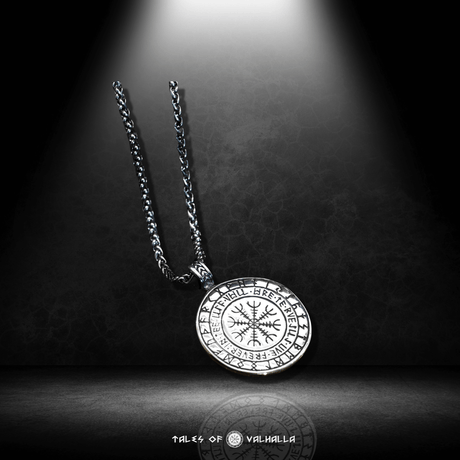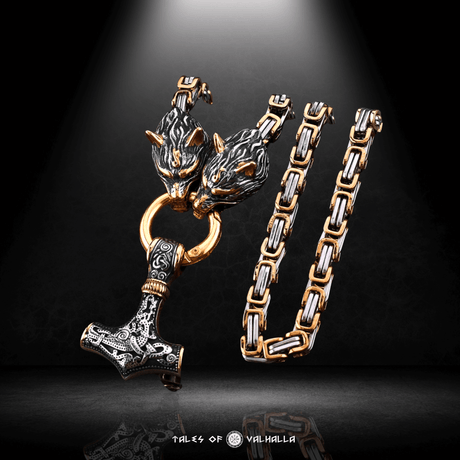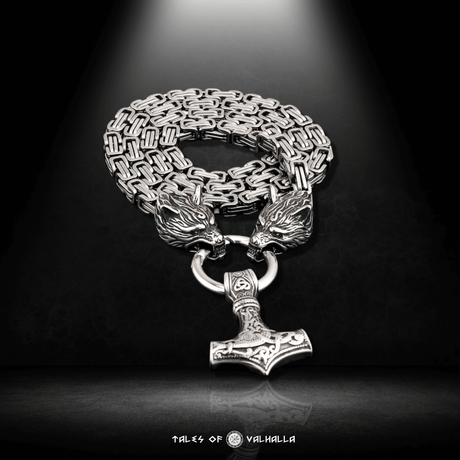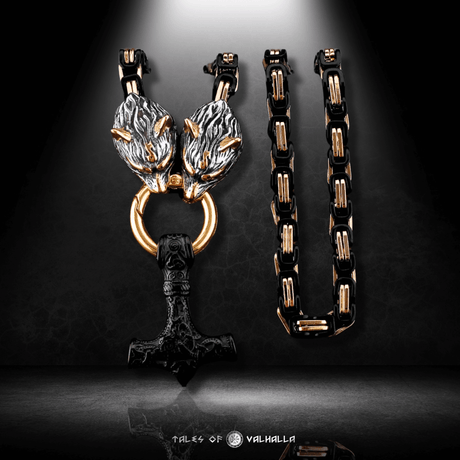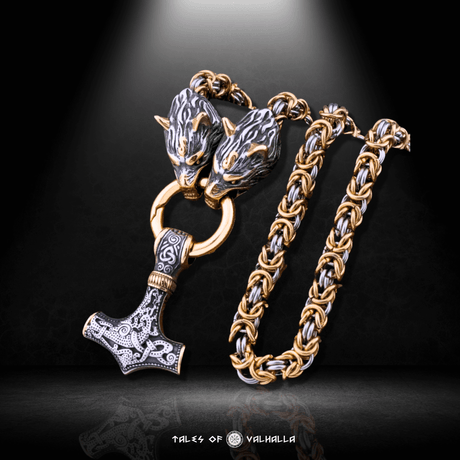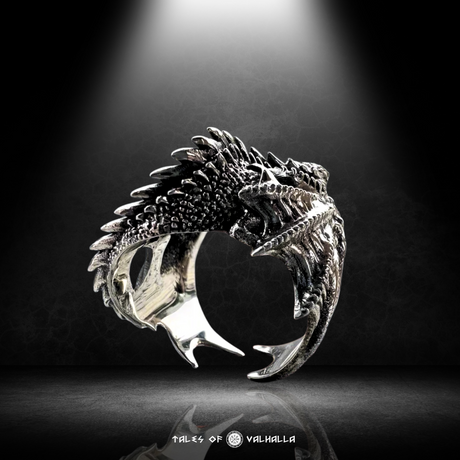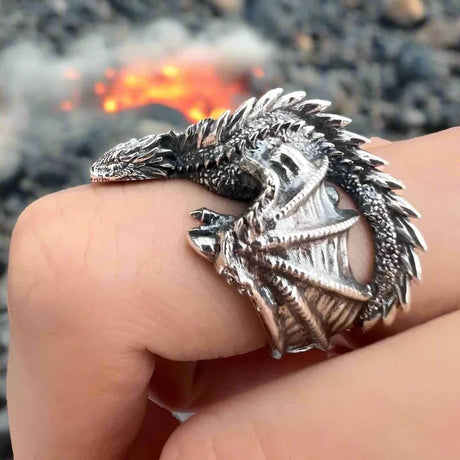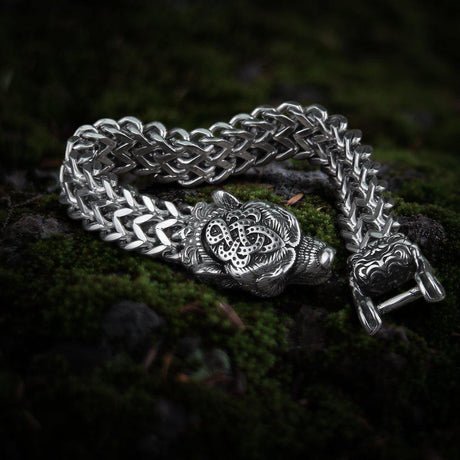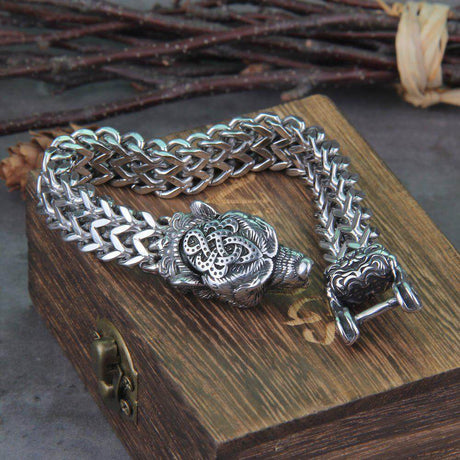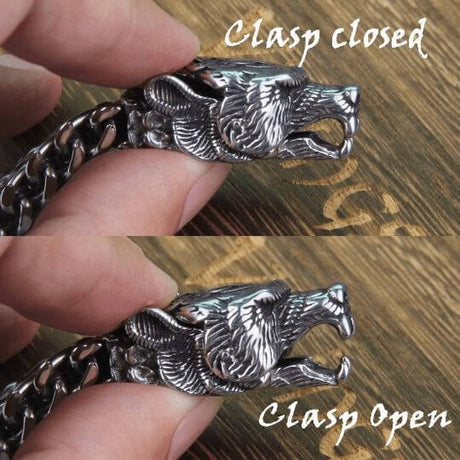The Vikings. The name evokes images of longships sailing from mist-shrouded fjords, fierce warriors raiding coastal settlements, and a culture that left an indelible mark on European history. But where did these legendary seafarers originally come from? When we ask, "What 3 countries did the Vikings originally come from?", we're not just looking for a simple list; we're seeking to understand the geographical and cultural origins of a people who reshaped the map of Europe.
The answer isn't as straightforward as naming three modern nations. The political landscape of the Viking Age (roughly 793-1066 AD) was very different from today's. However, by examining the historical and archaeological evidence, we can pinpoint the three Scandinavian countries that formed the heartland of the Viking world: Denmark, Norway, and Sweden. It is from the Scandinavian countries, that the people known as Vikings originated.
This isn't about rigidly defined borders; it's about understanding the regions, the cultures, and the driving forces that propelled the Vikings onto the world stage. Let's explore each of these Viking countries, uncovering their unique contributions to the Viking story.
1. Denmark: The Gateway to the Viking World
Denmark, the southernmost of the Scandinavian countries, played a pivotal role in the Viking Age. Its geography, with its extensive coastline, numerous islands, and easy access to both the North Sea and the Baltic Sea, made it a natural launching point for Viking raids and expeditions. The land was relatively fertile, supporting a larger population than other parts of Scandinavia, which in turn fueled expansion.
The Rise of Danish Power
- Early Viking Activity: Some of the earliest recorded Viking raids targeted areas close to Denmark, such as the Frisian coast (in present-day Netherlands and Germany). This suggests that Danish Vikings were among the first to venture out on raiding expeditions.
- Strategic Location: Denmark's location controlled access to the Baltic Sea, giving Danish Vikings a significant advantage in trade and raiding. They could easily control the flow of goods and exert power over neighboring regions.
- The Jelling Dynasty: In the 10th century, the Jelling dynasty emerged as a powerful force in Denmark, uniting much of the country under a single ruler. The famous Jelling stones, erected by King Gorm the Old and his son Harald Bluetooth, are a testament to this period of Danish power and the transition to Christianity.

Denmark: The Gateway to the Viking World
Famous Danish Vikings
- Ragnar Lothbrok (possibly): While Ragnar's historicity is debated, and he may be a composite figure, many of the sagas associate him with Denmark. He is a legendary figure, representing the archetypal Viking raider and explorer.
- Sigurd Snake-in-the-eye: Son of Ragnar.
- Ivar the Boneless: Another son of Ragnar. Ivar the boneless had a huge army, known as The Great Heathen Army, with which he invaded and conquered large parts of England.
- Harald Bluetooth: A 10th-century Danish king who unified Denmark and converted to Christianity. He is famous for the Jelling stones, which proclaim his achievements.
- Sweyn Forkbeard: A powerful Viking king who conquered England in the early 11th century. He was the first Danish king of England.
- Canute the Great: Sweyn Forkbeard's son, who ruled a vast empire that included England, Denmark, Norway, and parts of Sweden. Canute was one of the most powerful rulers of his time.
Danish Influence Beyond Scandinavia
Danish Vikings left a lasting impact on many parts of Europe.
- The Danelaw: Danish Vikings conquered and settled a large area of eastern England, known as the Danelaw. This region retained Danish laws and customs for centuries, and its influence can still be seen in place names and language.
- Normandy: Danish Vikings also settled in Normandy (in present-day France), where they became known as the Normans. Their descendants, led by William the Conqueror, would later conquer England in 1066.
- Trade and Exploration: Danish Vikings were active traders and explorers, establishing connections across the Baltic Sea, Russia, and even as far as the Mediterranean.
2. Norway: Land of the Fjords and Seafaring Warriors
Norway, with its rugged coastline, deep fjords, and mountainous terrain, was a land that bred hardy seafarers and skilled navigators. The challenging environment fostered a culture of independence and a reliance on the sea.

Norway: Land of the Fjords and Seafaring Warriors
The Norwegian Landscape: Shaping a Culture
- Limited Farmland: Unlike Denmark, Norway had limited arable land, making agriculture more challenging. This pushed many Norwegians to seek their fortunes at sea.
- Abundant Coastline: Norway's extensive coastline, with its numerous fjords and islands, provided natural harbors and easy access to the sea. This made seafaring a natural way of life.
- Rich Fishing Grounds: The waters off the Norwegian coast were rich in fish, providing a crucial source of food and trade goods.
Early Viking Raids and Exploration
- Lindisfarne: The raid on the Lindisfarne monastery in Northumbria (793 AD) is often considered the beginning of the Viking Age. While the perpetrators' exact origin is debated, Norwegians were likely involved. This event shocked the Christian world and marked the beginning of a new era of Viking expansion.
- Westward Expansion: Norwegian Vikings were particularly active in exploring and settling the islands of the North Atlantic, including the Faroe Islands, Iceland, Greenland, and even briefly, North America (Vinland). This expansion demonstrates their exceptional seafaring skills and their willingness to venture into the unknown.
Famous Norwegian Vikings
- Erik the Red: A Norwegian Viking who founded the first Norse settlement in Greenland. He was exiled from Iceland for manslaughter and decided to explore the lands to the west.
- Leif Erikson: Erik the Red's son, who is credited with leading the first European expedition to North America, around the year 1000 AD. He is a symbol of Viking exploration and the spirit of discovery.
- Harald Hardrada: A powerful Norwegian king who fought for the English throne in 1066, but was defeated at the Battle of Stamford Bridge. He was a formidable warrior and a key figure in the later Viking Age.
- Olaf Tryggvason: King of Norway from 995 to 1000. A very significant king in the process of converting Norway from Norse Paganism to Christianity.
Norwegian Legacy: Beyond Raiding
- Settlement and Colonization: Norwegian Vikings established lasting settlements in Iceland, Greenland, and other parts of the North Atlantic, creating new societies and cultures. They brought their language, customs, and traditions to these new lands.
- Seafaring Expertise: The Norwegians' skills in shipbuilding and navigation were unmatched in their time, allowing them to travel vast distances and explore uncharted territories. This expertise was crucial to their success as explorers and traders.
- Cultural Influence: Norwegian Vikings left their mark on the languages, place names, and cultures of the lands they settled, contributing to the diversity of the North Atlantic region.
3. Sweden: The Eastern Path of Trade and Conquest
Sweden, located in the eastern part of Scandinavia, had a different focus during the Viking Age than its western neighbors. While Swedish Vikings also engaged in raiding, their primary focus was on trade and expansion eastward, along the rivers of Eastern Europe and into the Byzantine Empire and beyond.

Sweden: The Eastern Path of Trade and Conquest
The Eastern Connection: Rivers and Trade Routes
- The Varangians: Swedish Vikings, known as Varangians, established extensive trade routes along the rivers of Eastern Europe, connecting Scandinavia with the Byzantine Empire and the Middle East. They traded furs, slaves, honey, and other goods for silver, silk, and other luxury items.
- The Rus': Swedish Vikings played a significant role in the formation of the early Rus' states, which eventually evolved into modern-day Russia, Ukraine, and Belarus. The very name "Rus'" is believed to be derived from a Norse word for "rowers."
- The Silk Road: Swedish Vikings tapped into the lucrative Silk Road trade, bringing goods from the East to Scandinavia and beyond. This trade brought wealth and exotic goods to Sweden.
Famous Swedish Vikings (and Rus' Figures of Likely Swedish Origin)
- Rurik (possibly): A Varangian chieftain who, according to the Primary Chronicle, was invited to rule over the Slavic and Finnic peoples in the region of Novgorod, establishing the Rurikid dynasty. While his exact origins are debated, many scholars believe he was of Swedish origin.
- Oleg of Novgorod: Rurik's successor, who expanded Rus' power and influence, even attacking Constantinople. He is credited with consolidating the Eastern Slavic tribes and establishing the foundation for the Kievan Rus' state.
- Ingvar the Far-Travelled: A Swedish Viking leader who led a large expedition to the Caspian Sea in the 11th century. His journey is commemorated on several runestones in Sweden.
Swedish Influence: Eastward Expansion
- Founding of Russia (according to some theories): The role of Swedish Vikings in the formation of the Rus' states is a significant part of their legacy. The extent of their influence is still debated by historians, but it's clear that they played a significant role in the region's early development.
- Trade Networks: Swedish Vikings established extensive trade networks that connected Scandinavia with the East, bringing wealth and cultural exchange. These networks were crucial to the economic prosperity of Sweden during the Viking Age.
- Byzantine Guard: Many Swedish Vikings served in the Varangian Guard, an elite unit of the Byzantine army. These warriors were highly respected for their skill and loyalty, and they played an important role in the Byzantine Empire's military.
The "Viking" Identity: A Shared Culture, Not a Single Nation
It's essential to remember that "Viking" was not a nationality in the modern sense. It was more of an occupation or a way of life. While Denmark, Norway, and Sweden were the core Viking countries, the "Viking world" was fluid and interconnected.
- Shared Language: Vikings from all three regions spoke Old Norse, a North Germanic language that facilitated communication and cultural exchange. While there were regional dialects, they were generally mutually intelligible.
- Shared Religion: They shared a common Norse mythology and religious beliefs, worshipping gods like Odin, Thor, and Freyja. This shared religious framework provided a sense of cultural unity.
- Shared Social Structures: Viking societies were generally hierarchical, with chieftains, free farmers, and enslaved people (thralls). However, there was also a degree of social mobility, and individuals could rise in status through their own achievements.
- Intermarriage and Movement: There was significant movement and intermarriage between the different Viking groups, blurring the lines between their distinct origins. This created a shared cultural identity that transcended geographical boundaries.
- No political unity: It's critical to remember that these Viking groups did not consider themselves to be part of a single united entity.
Modern Interest in Viking Origins
The fascination with Vikings and their origins continues to thrive. Here's a table illustrating some of the ways this interest manifests:
| Area of Interest | Metric/Trend | Value/Range | Source | Notes |
|---|---|---|---|---|
| Genetic Studies | Research on ancient DNA from Viking Age burials | Ongoing, revealing complex patterns of migration and ancestry | Various scientific publications (e.g., in Nature, Science) | Provides insights into the genetic makeup of Viking populations and their relationships to modern Scandinavians and other groups. |
| Archaeological Research | Continued excavations of Viking Age sites in Scandinavia and across Europe | Numerous ongoing projects | Archaeological journals, museum websites, news reports | Uncovers new artifacts and information about Viking settlements, trade, and daily life, helping to refine our understanding of their origins. |
| Popular Culture | Depictions of Vikings in movies, TV shows, video games, and literature | Widespread and influential | General media observation | Shapes public perception of Vikings and their origins, often with varying degrees of historical accuracy. |
| Tourism | Visits to Viking museums, historical sites, and reenactment events in Scandinavia and beyond | Significant and growing | Tourism boards, museum attendance figures | Reflects the enduring public interest in experiencing Viking history and culture firsthand. |
| Genealogy Research | Increased interest in tracing Scandinavian ancestry | Growing trend | Ancestry websites, genealogical societies | Many people in the US and other countries are exploring their potential Viking roots through DNA testing and genealogical research. |
Interpretation:
- Scientific research (genetics and archaeology) is continually providing new insights into the origins and movements of Viking populations.
- Popular culture plays a significant role in shaping public perception of Vikings, often romanticizing or simplifying their history.
- Tourism and genealogy research demonstrate a strong personal interest in connecting with Viking heritage.
Limitations:
- Genetic studies are complex and can be misinterpreted.
- Archaeological evidence is always fragmentary and subject to interpretation.
- Popular culture often prioritizes entertainment over historical accuracy.
This table highlights the ongoing efforts to understand the origins of the Vikings, combining scientific research with the enduring cultural fascination with this historical period.
Conclusion: From Scandinavia to the World
The answer to "What 3 countries did the Vikings originally come from?" is, at its simplest: Denmark, Norway, and Sweden. But the story behind that answer is far richer and more complex. These weren't modern nation-states with fixed borders; they were regions with distinct yet interconnected cultures, each contributing to the phenomenon we call the Viking Age. The Vikings, originating from these Scandinavian lands, left an indelible mark on history, their legacy extending far beyond their homelands. Their voyages of exploration, their raids, their trade networks, and their settlements shaped the map of Europe and beyond. Understanding their origins is key to understanding their impact on the world.
FAQs
1. What three countries did the Vikings originally come from?
The Vikings originated from the Scandinavian countries of Denmark, Norway, and Sweden. It's important to remember that these were not unified nations in the modern sense during the Viking Age.
2. Were all Scandinavians Vikings?
No. "Viking" was more of an occupation (raiding, trading, exploring) than a nationality. While most Vikings came from Scandinavia, not all Scandinavians were Vikings. Many were farmers, fishermen, craftsmen, and traders who never left their homelands.
3. Did Vikings from different countries have different specialties?
To some extent, yes. While there was significant overlap, Danes were often associated with raids and conquests in England and France; Norwegians focused more on exploration and settlement in the North Atlantic (Iceland, Greenland); and Swedes (often called Rus') were heavily involved in trade and expansion eastward into Russia and the Byzantine Empire.
4. Was there a single "Viking" language?
Vikings spoke Old Norse, a North Germanic language. While there were regional dialects, they were generally mutually intelligible, allowing Vikings from different areas to communicate with each other.
5. Did the Vikings have a unified kingdom or government?
No. The Viking world was not a unified political entity. It consisted of numerous smaller kingdoms and chiefdoms, often competing with each other. While there were periods of greater unity (like under Canute the Great), there was never a single "Viking Empire."
6. How do we know where the Vikings came from?
Our knowledge comes from a combination of sources: archaeological evidence (settlements, burial sites, artifacts), historical accounts (written by those who encountered the Vikings), runestones, and the Icelandic Sagas (which, while written centuries later, contain some historical information). Genetic studies are also providing new insights.

